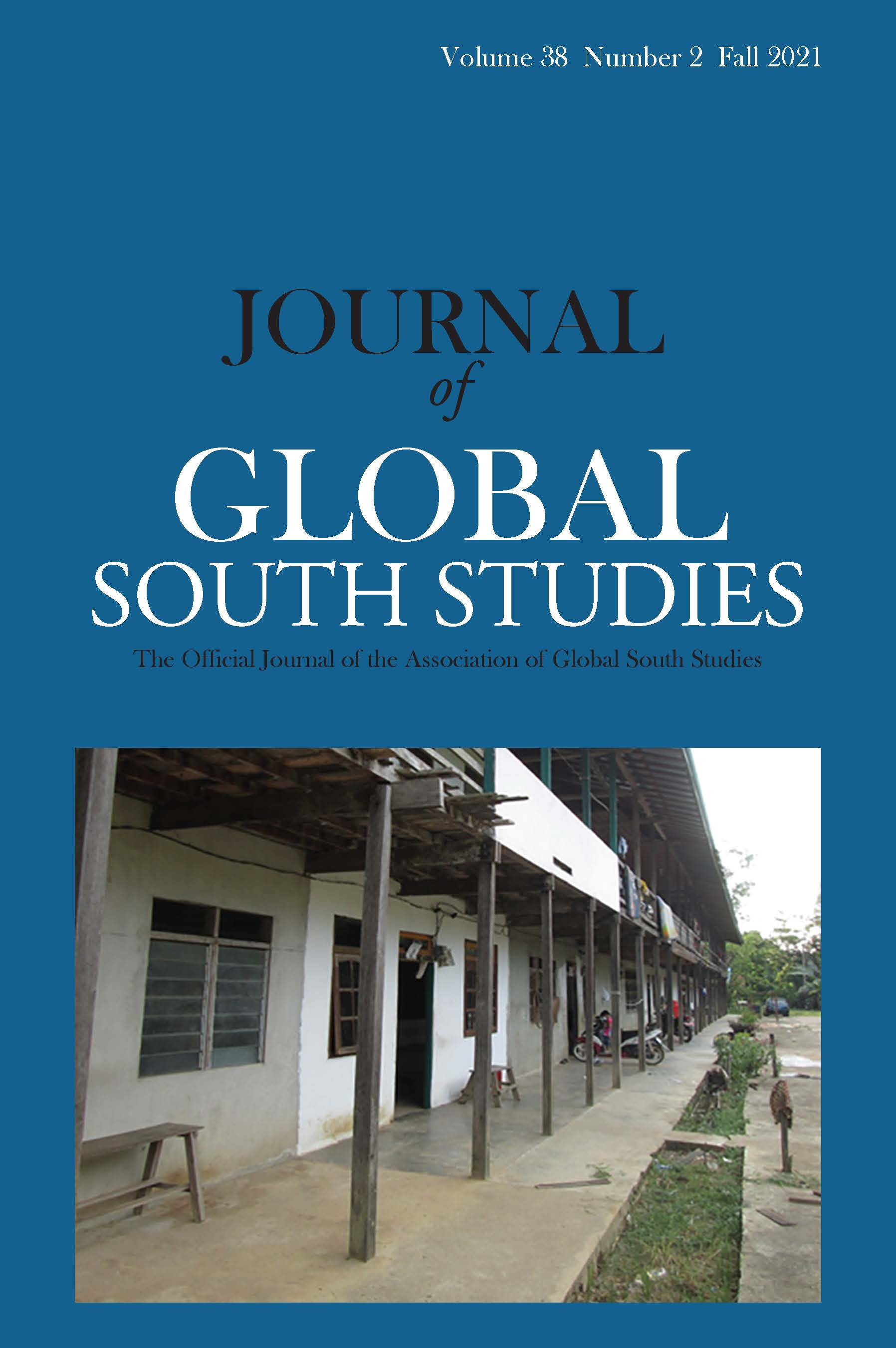India’s Troubled Relations with Kathmandu Nepal’s Republican Turn and the China Factor
Main Article Content
Abstract
Pramod Kantha is associate professor of political science in the School of Public and International Affairs at Wright State University in Dayton, Ohio. He can be reached at pramod.kantha@wright.edu.This article analyzes factors behind the rapid deterioration of India–Nepal relations since September 2015, when Nepal’s Constituent Assembly adopted a new constitution. Nepal’s Madhesis, roughly 30 percent of Nepal’s population, concentrated in the southern plain region, rejected the constitution, as it did not address the grievances against which they had been protesting. The Madhesi demands were also supported by India. In fast-tracking the adoption of the constitution, Nepal’s major party leaders had also shunned India’s advice. India escalated by imposing an economic blockade on landlocked Nepal from the major transit points along the India-Nepal border; Nepal called it an unjustified “blockade.” Kathmandu, in turn, moved closer to India’s top rival, China, to thwart the Indian pressure. China’s role has continued to rise after India opened the transit points in early 2016. Nepal’s relations with India took a further plunge in 2020 as Nepal objected to the inclusion of some of Nepal’s westernmost areas in India’s revised map. Nepal’s post-monarchy politics and China’s leveraging of its economic and political strength to grow its influence in Nepal have raised new challenges to the hitherto dominant role that India has historically played. India’s growing strategic closeness to the United States further complicates Nepal’s relations with its influential neighbors. The historic tendency on the part of Nepal’s political leaders to seek foreign support in their factional and interparty rivalries has further widened the scope for external meddling.

